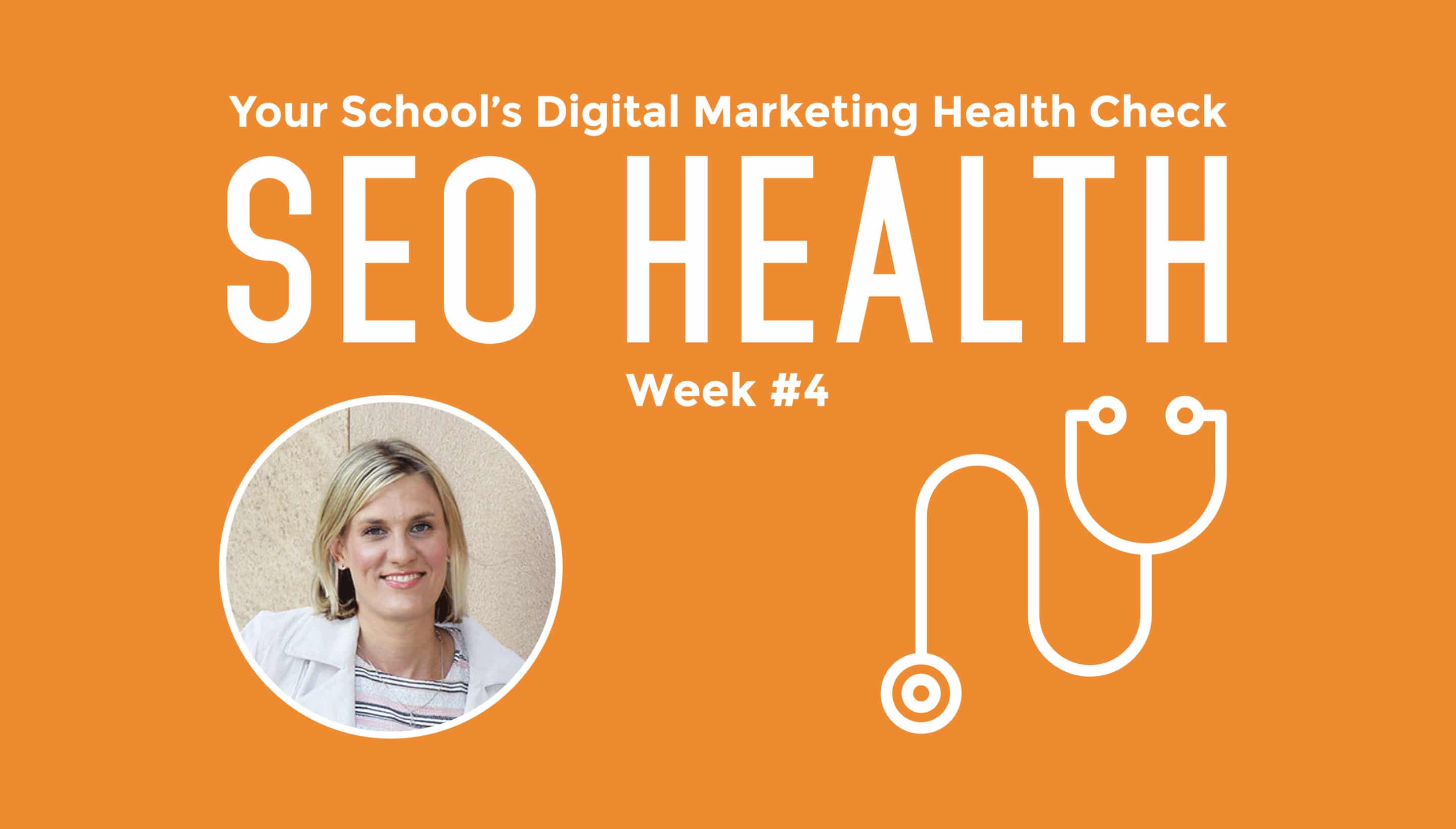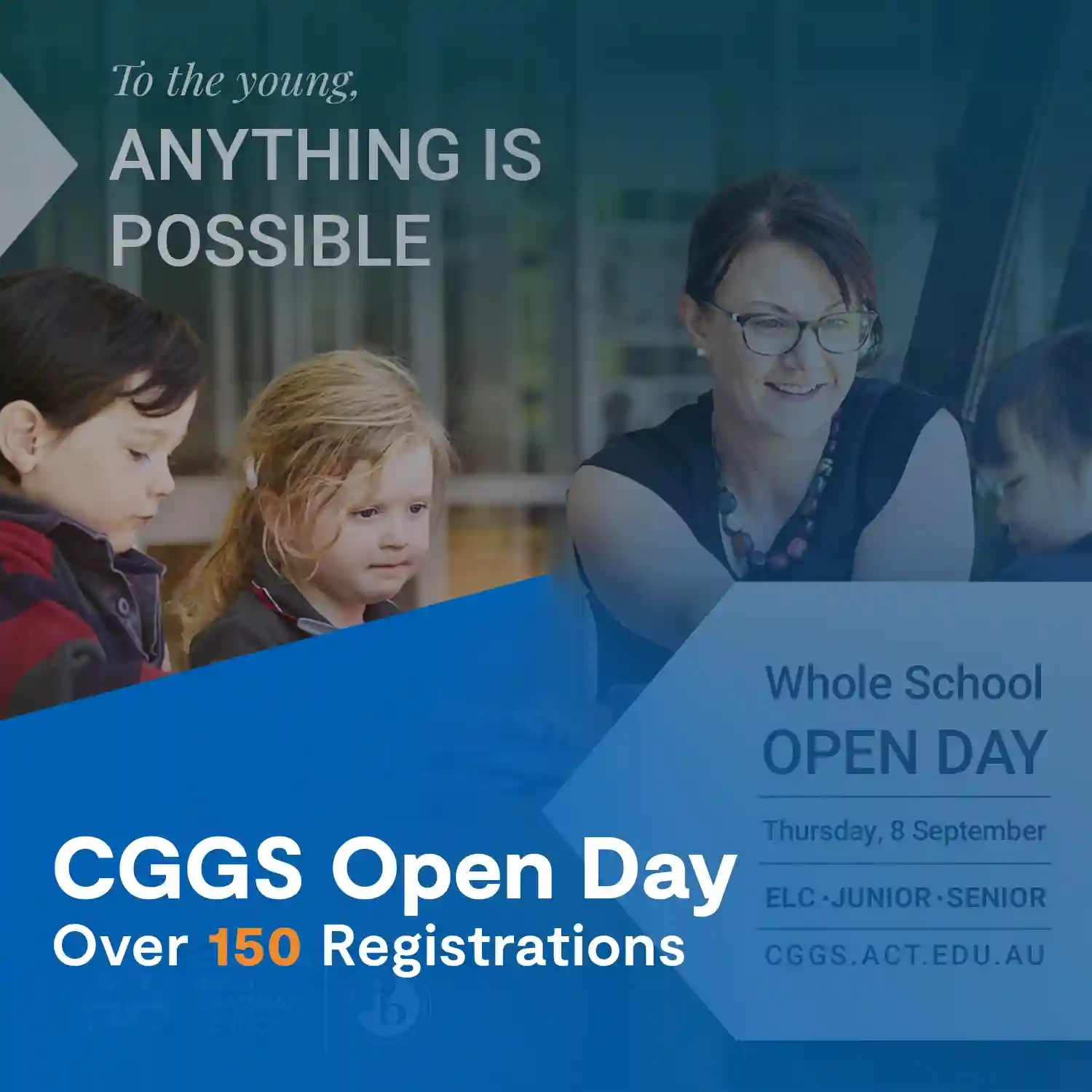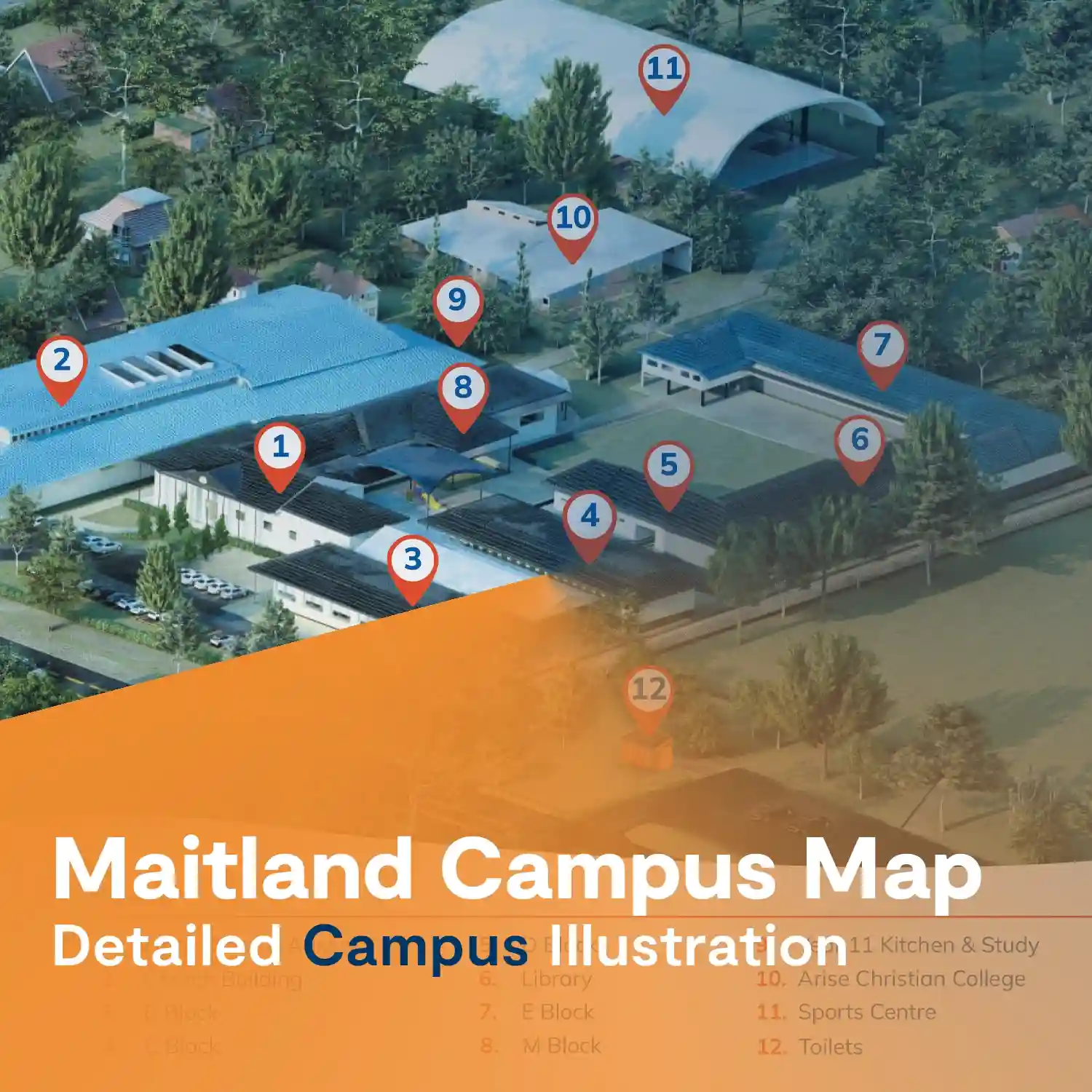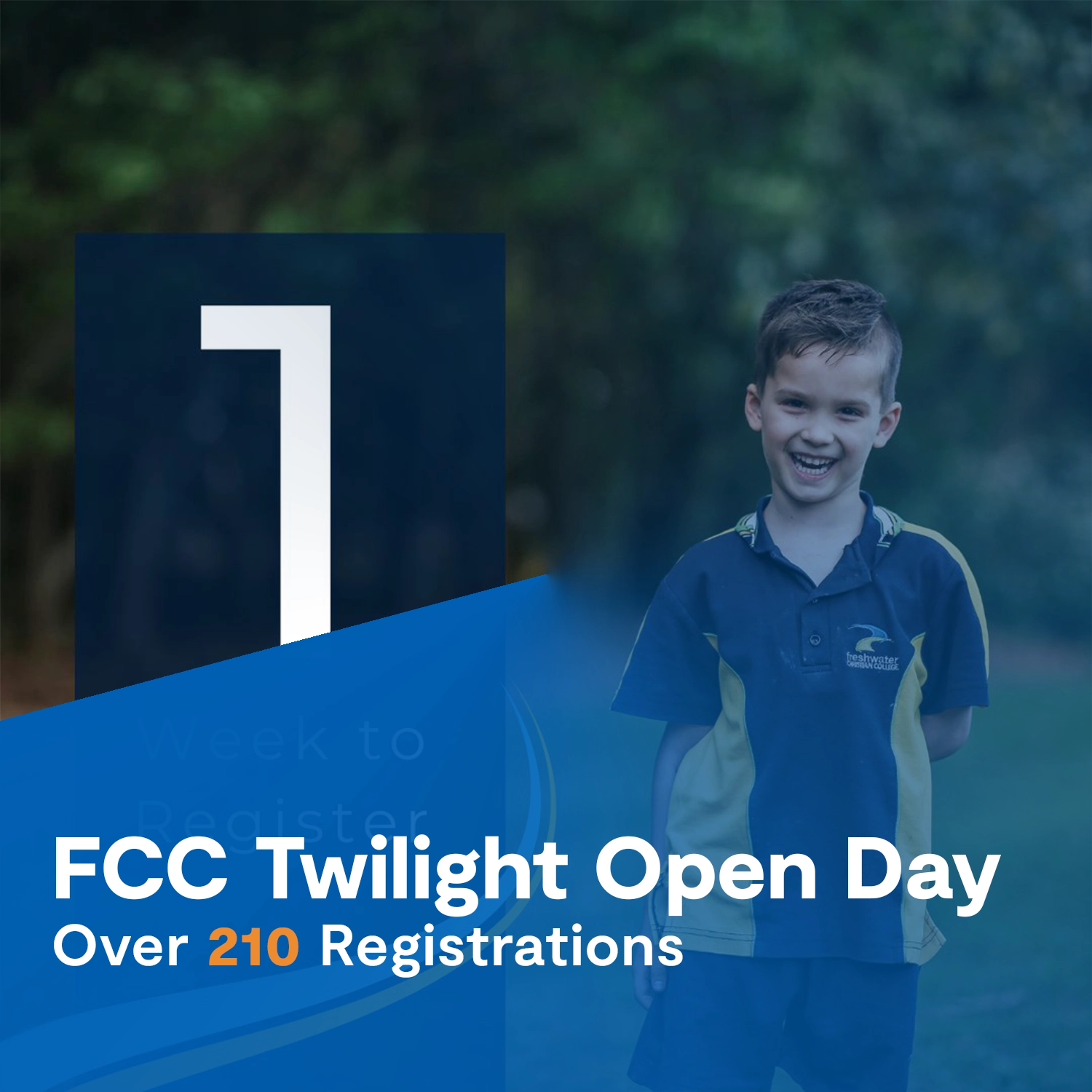Welcome to week four of the Digital Marketing Health Check for Schools. Today we are covering search engine optimisation, or SEO. In week one, we covered your school’s website, in week two we covered Facebook ads, and in week three we covered Google AdWords.
SEO is also vital part of any school’s marketing strategy. We need to be strategic about how we approach our SEO so that we’re not going around in circles and not having anything to show for all our hard work – it may be called “organic traffic” or “free traffic”, but there’s actually a lot of hours and work that go into making SEO effective.
We will be going through our 60 point checklist, remember to score your school as we go. It’s perfect timing if you’re planning for your 2019 marketing strategy, this is basically your to-do list for your digital marketing plan.
You can get the toolkit with the checklist on my website, it’s mararoberts.com.au/access-marketing-schools-toolkit/.
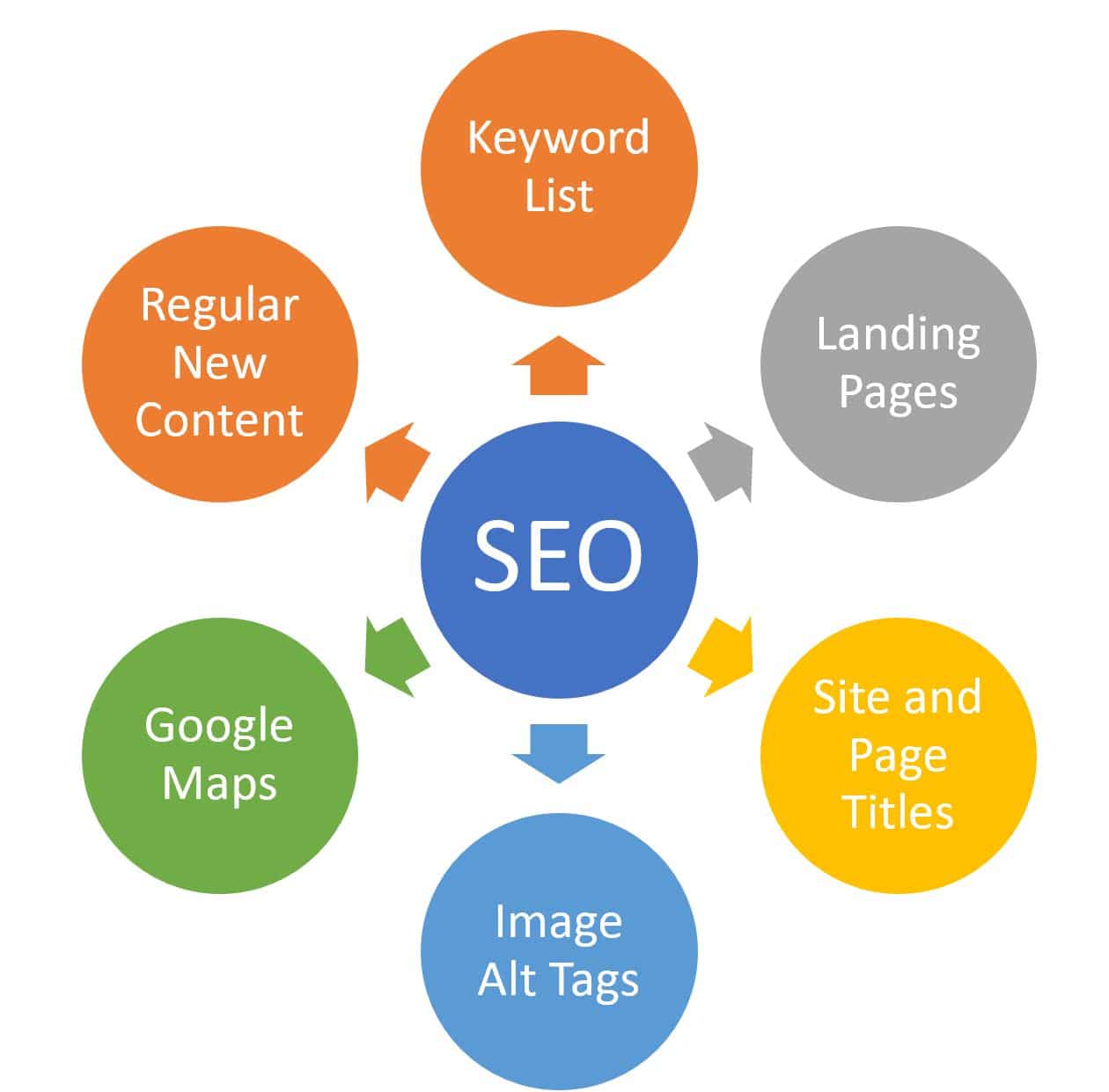
The first thing that we want to do when we’re looking at our school’s SEO strategy is to have a clear keyword list. We need to be really clear about which keywords we want to target and also know which ones aren’t really worth our effort. When I first got started out in search engine optimisation people would walk into my office and ask “are we ranking for this keyword or that keyword?” And I could clearly know if that keyword was worth our time.
Which Keywords are worth targeting?
The first thing that will give you a pointer in the right direction is your competitor’s websites. Have a look at their content on their website, their site title, and their H1 headings to see if there’s any specific keywords that you can see consistently across a few websites.
Secondly, the Google Ads Keyword Planner is a great resource to use. You’ll need a Google Ads account though. This tool is really for people who are planning their Google Ads campaigns, but it can also be used to give insight into your search engine optimisation. Research possible keywords with the tool and look our for keywords that have high frequency in search but low competition.
Google Search Console
Google Analytics no longer provides detailed information on the keywords people searched to find your site, but you can use a tool called Google Search Console. You can also look your ranking for keywords – the position you are placing at for in searches. Lots of people may be searching for a specific keyword but because you are so far down in ranking, no one is clicking on your school’s website. These keywords would be the first to focus on.
Landing Pages
The next thing that we need for our search engine optimization strategy is to have specific website pages that match your keyword goals. This is why digital marketing is so much hard work, your whole digital marketing strategy needs to be streamlined and working together to get the best results for you.
Your landing page should be keyword rich, that keyword should be in the page hyperlink, the page name (page title), it should be visible in the first two lines of your copy, and throughout the general content of that page.
Images should be tagged with the keyword and also have the keyword in the image description so that your site can start to rank in image searches as well.
I recommend having a one-page checklist for your team to refer to when adding new content to your website. Good SEO is a habit that needs to be built into your team culture.
Google Maps
Another major SEO tool that a lot of schools overlook is Google Maps. This is absolutely huge and transformational for schools’ marketing and getting traffic to your site.
Not only do you have to have a Google Maps listing (most schools do), but a lot of effort needs to spend optimising your listing so that it appears on top of results.
You Google Maps listing should contain your overall site keyword used in descriptions and text. Make sure that your listing is also updated with your telephone number and website url and fresh images and videos.
Reviews are hugely important for your listing. A lot of schools switch their reviews off because they are petrified of negative reviews but putting a lot of intentional effort into getting positive reviews will really increase the traffic you get from Google Maps.
Regular New Content
The next thing you’ll need for your search engine optimization strategy is regular new content to your website. Schools may or may not have a blog as part of their website, but I recommend that you update your content and add new content to your website at least once a week.
Google is all about relevant traffic and the number one way that they know if your content is relevant is if it is timely and regularly updated. Google wants a constant stream of traffic that is fresh and regularly updated.
All of the factors that where covered in the first part of this series looking your website’s mobile friendliness, site structure and navigation play an important part in your website’s SEO. If you are going to start spending some energy on your search engine optimization I highly recommend working through the first episode.
Okay, so that covers the fundamentals of your school website’s search engine optimisation. Be sure to work through the questions that are in the 60-point checklist.
[et_bloom_inline optin_id=”optin_8″]

